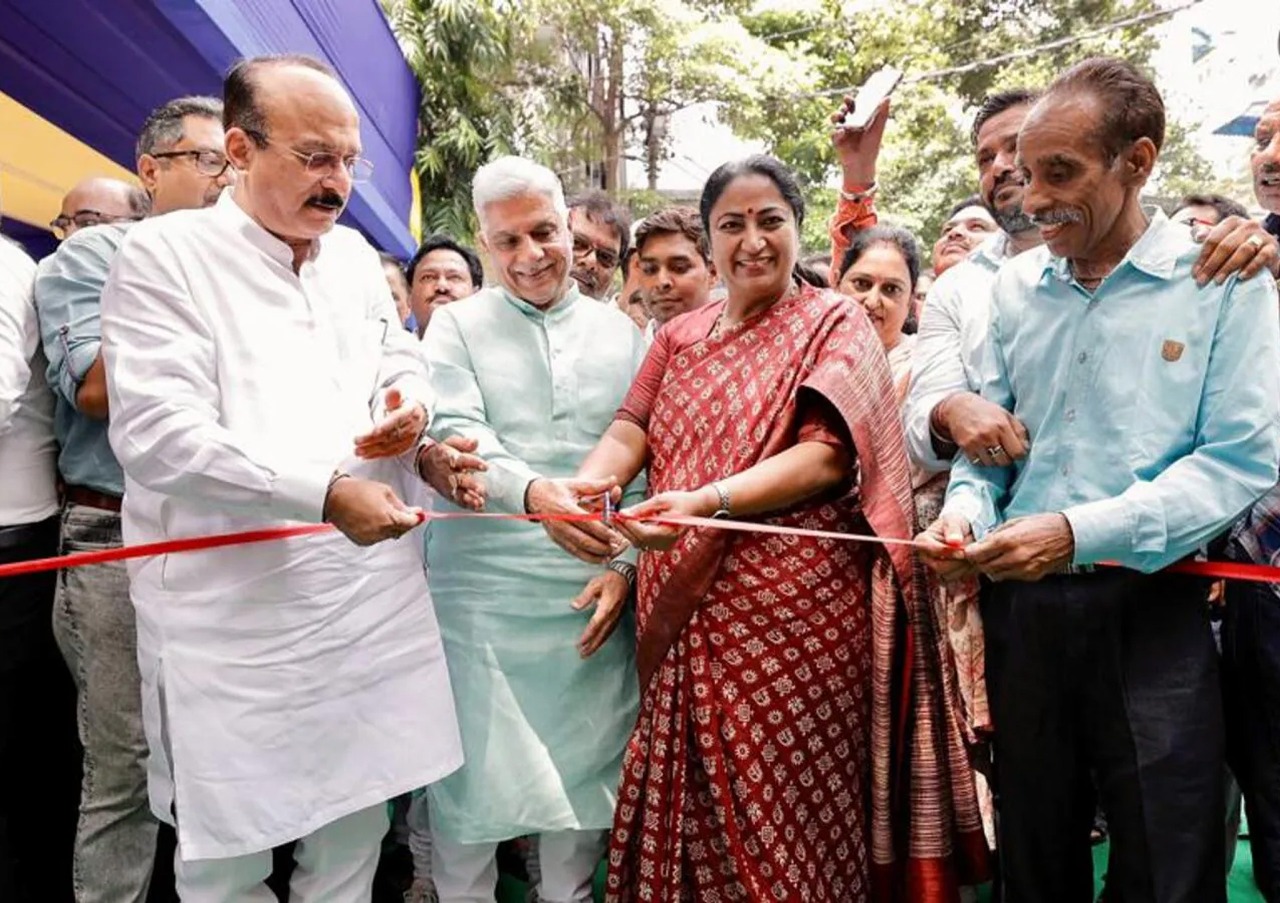
NEW DELHI:
Delhi Chief Minister Rekha Gupta today initiated an ambitious pilot project to replace overhead power cables with underground networks in her Shalimar Bagh constituency, describing it as a transformative step towards a safer and cleaner urban infrastructure.
With a ₹8 crore allocation, the scheme will remove approximately 5 km of overhead high tension and low tension lines, replacing them with 10 km of underground 440 volt cables and 1.2 km of 11 kV lines in the BH‑Block of Janta Flats Colony. In addition, 23 new feeder pillar boxes, improved streetlights, and underground infrastructure are expected to significantly enhance power reliability.
Gupta emphasised that the pilot will be completed within three months, stressing that it marks the first phase of a larger ₹100 crore urban rollout approved in the 2025–26 budget to modernise Delhi’s power distribution. “A time will come when not a single overhead line will be visible in Delhi,” she declared.
Echoing her sentiments, Power Minister Ashish Sood lauded the project for improving safety, power quality, and weather resistance. He added, “This is a significant leap toward a modern, resilient energy infrastructure for Delhi”.
Tata Power DDL, which is executing the pilot, highlighted the benefit of replicating underground systems used in global cities and reiterated the need to eliminate tangled cables which is a hazard during storms and congested traffic. CEO Dwijadas Basak noted, “The goal is to create a scalable and replicable system that can be extended to other parts of Delhi”.
This initiative aligns with Prime Minister Narendra Modi’s ‘Smart Infrastructure’ mission, according to CM Gupta, and complements other reforms such as upgrades to drains and sewer lines in the same locality.
The project addresses chronic urban challenges: low hanging wires that mar aesthetics and risk public safety, frequent outages during storms, and blockages in narrow lanes. Gupta noted that without overhead clutter, “people will be able to look up and see the blue sky”.
The ₹100 crore scheme forms part of a broader ₹3,847 crore allocation to Delhi’s Power Department in the current budget, a significant increase from ₹3,353 crore previously has aimed at strengthening the city’s clean energy and electricity infrastructure.
Environmental and urban experts have welcomed the move, suggesting underground wiring can reduce outage frequency, improve storm resilience, and enhance the city’s visual appeal. However, they caution that scaling up will require meticulous planning to avoid disrupting other utilities buried underground.
Local residents in Shalimar Bagh have welcomed the change. “It was always hazardous passing through these wires,” said Neha Sharma, a BH‑Block resident. “Now, the area feels cleaner and safer.” Others expect fewer power cuts and better street lighting.
The Delhi government envisions replicating this model across other neighbourhoods, aiming for a wire free skyline. Before being expanded throughout the city, comparable subterranean cabling is anticipated to be installed in other areas of Shalimar Bagh in subsequent stages. With this pilot, urban policy is moving away from short term solutions and toward long term infrastructure resilience. It highlights a goal for a contemporary Delhi that is in line with sustainable engineering, safe, and clutter free.
The success of this project, which city planners are closely monitoring, could have an impact on the design of infrastructure in Indian metro areas and herald a new era in which power reliability is prominent and power lines are hidden.